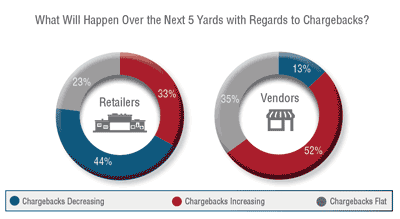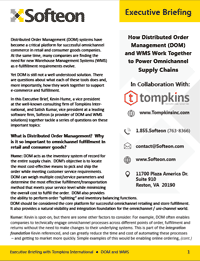 |
September 14, 2017 - Supply Chain Flagship Newsletter |
 |
|
|||||||||||
 |
|
|||||||||||||||||||||||||||||||||||||||||||||||||||||||||||||||||||||||||||||||||||||||||||||||||||||||||||||||||||||
|
||||||||||||||||||||||||||||||||||||||||||||||||||||||||||||||||||||||||||||||||||||||||||||||||||||||||||||||||||||||
|
|
|
YOUR FEEDBACK
We publish here some of the several emails we received from Dan Gilmore's column last week on The Greatest Time to be a Supply Chain Pro Ever?
More soon.
Feedback on The Greatest Time to be a Supply Chain Pro Ever?
![]()
My own career choice going back to 1968 continues to be vindicated.
Based on my undergraduate studies I saw that if you were involved in making "stuff" in just one sector you stood a good chance of having your employment disrupted. However if you were involved in moving "stuff" it didn’t really matter what you moved you still had a job.
49 years later and it is just as true; so as you say "keep it moving!"
David MacLeod
Learn Logistics Limited
![]()
You wrote: "It is not good to have some supply chain managers focused on all this innovation and cool stuff while others are stuck with grinding out the execution every day."
I wouldn't classify this situation as good or bad. It really depends on what each supply chain person likes to do and is good at doing. Just like some people are better at managers versus leaders and vice a versa.
Some supply chain people are better at doing versus innovation and some are better at innovation versus doing. For me personally I have more interest in and abilities at being an innovator.
The trick is to find that right mix of people skills, deploy them correctly, and give them the right tools to be successful. If you do that, you can support Bi-Modal Operations driving both efficient on-going operations and robust innovation.
Henry Canitz (Hank)
Director, Product Marketing & Business Development
Logility

![]()
When I read the article, I was struck by how important it is for me to share it with the supply chain students at the Illinois Institute of Technology. I am sure it will motivate them to read your thoughts.
Thanks.
Herb Shields

SUPPLY CHAIN TRIVIA ANSWER
Q: What was the US trade deficit in goods with China in 2016, in $billions?
A: $347 billion, which for a change was not another new recored, but imports are on the rise again in 2017.
| © SupplyChainDigest™ 2003-2017. All Rights Reserved. SupplyChainDigest PO Box 714 Springboro, Ohio 45066 |
POWERED BY: XDIMENSION
|









